
Belief has always been powerful, yet not always unified. When sacred questions sparked division, followers chose separation instead of compromise. The outcomes became permanent shifts that redefined traditions. Each conflict left behind lessons about conviction and change. Looking back at them offers a perspective on how faith evolves through struggle. Let’s explore 10 major disagreements that broke apart world religions and set new courses in motion.
Papal Authority (Christianity)
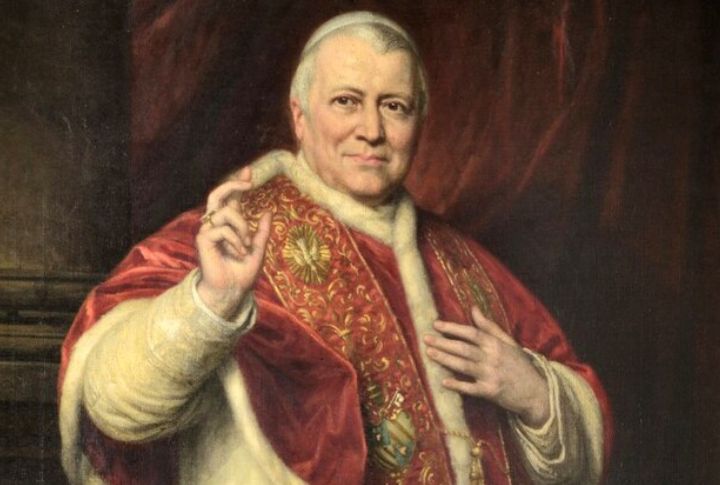
Catholics see the Pope carrying forward Saint Peter’s authority. In 1870, Vatican I declared that papal infallibility applies to official teachings on faith and morals delivered ex cathedra. Protestants rejected the belief, and history records only rare occasions when this authority has been used.
Who Should Be The Leader (Islam)
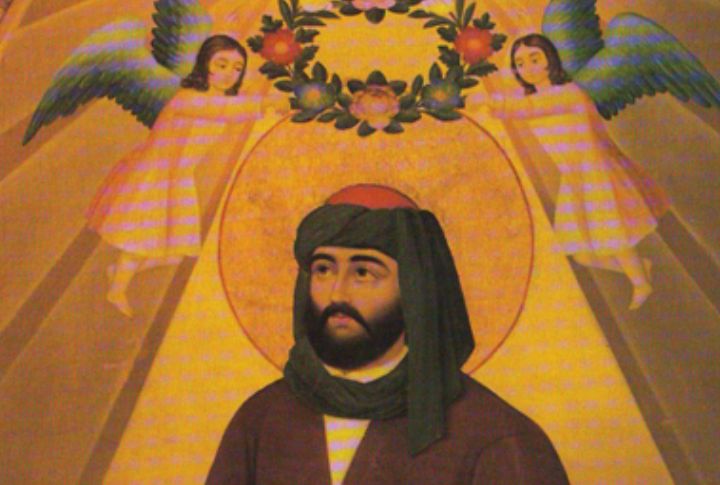
After Muhammad’s death, Muslims disagreed about who should lead. Many supported leaders chosen by the community, but others believed Ali (Muhammad’s cousin and son-in-law) was the rightful successor. Shia devotion remains visible today in Ashura observances, which mourn the martyrdom of Ali’s son, Husayn.
Monastic Practice (Jainism)
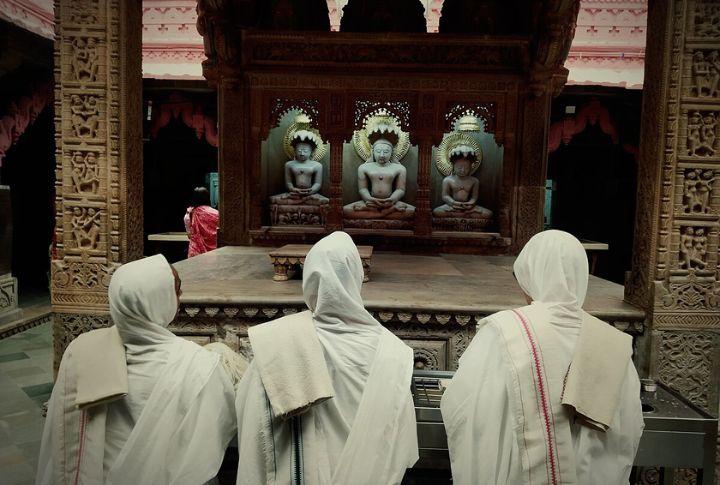
Following a famine in the 3rd century, Jainism split into two major sects: Shwetambaras (“white-clad”) and Digambaras (“sky-clad”). The Digambaras, who migrated south, adopted stricter ascetic practices, including the belief that women must be reborn as men to attain liberation. Shwetambaras, who remained in the north, preserved scriptures and allowed women to pursue liberation.
Hasidic And Mitnagdic Beliefs (Judaism)
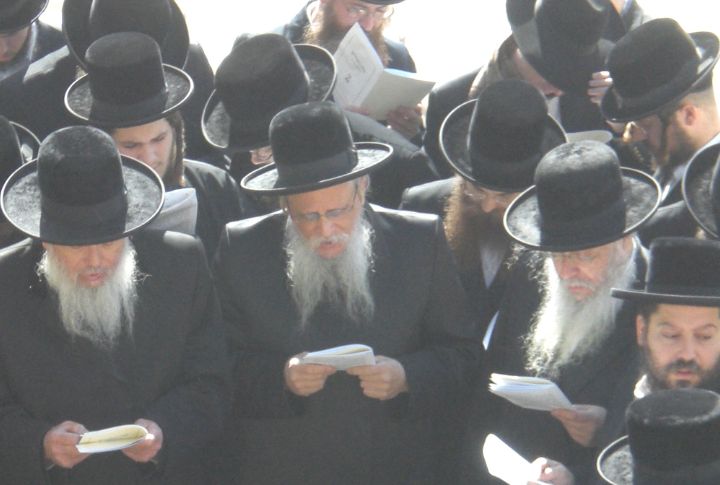
In 18th-century Eastern Europe, Hasidism emerged as a mystical movement focused on joy, spiritual connection, and charismatic leaders called rebbes. Opponents, known as Mitnagdim, emphasized rigorous Torah study and feared Hasidism’s emotional style. Though both are Orthodox, their customs, leadership, and spiritual priorities differ.
Monastic Discipline (Buddhism)
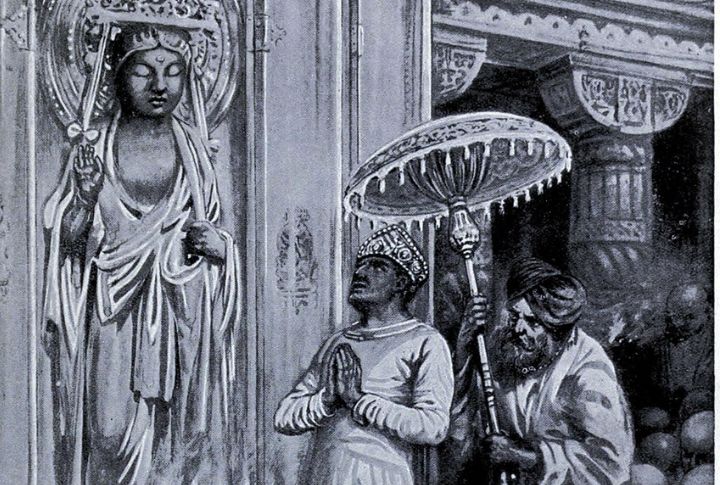
Buddhism developed different approaches to texts and discipline. Theravada Buddhism stresses early scriptures and strict rules, especially in Sri Lanka and Southeast Asia. Mahayana Buddhism, the “Great Vehicle,” embraces additional sutras and allows flexibility in monastic life, particularly in Zen and Pure Land traditions.
Caste Division (Hinduism)
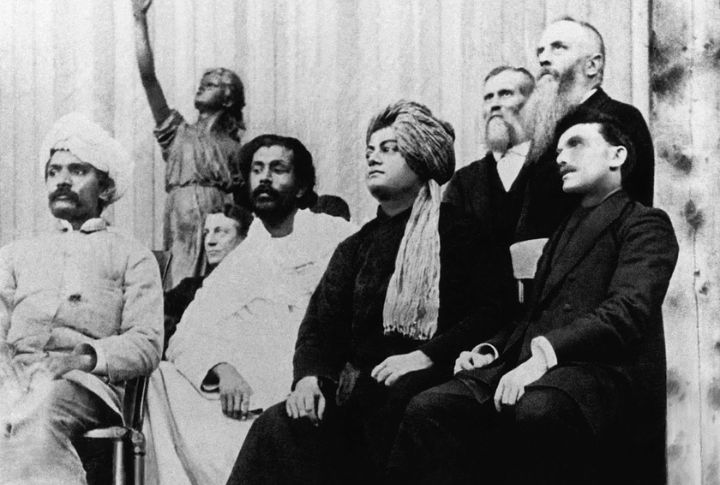
Hindu society has long been shaped by the varna system, which classifies people into four broad categories. Over time, this evolved into a rigid caste hierarchy that influenced religious access and social mobility. Reform movements like those led by Swami Vivekananda and B.R. Ambedkar challenged caste-based exclusion. Today, many Hindu communities continue to keep a balance.
Gender And Clergy (Christianity And Judaism)
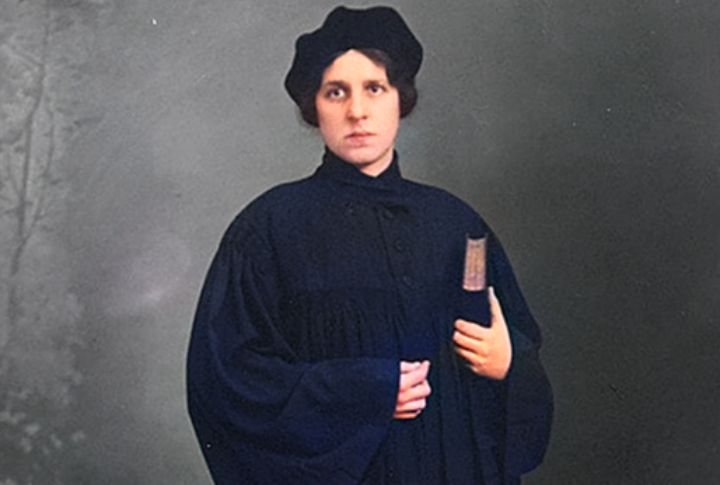
Religious leadership opened to women only recently. In 1974, the Episcopal Church saw its first women priests through an unauthorized ordination. Reform and Conservative Judaism embraced female rabbis beginning with Sally Priesand in 1972, but Orthodox Judaism continued traditional male-only leadership.
Religion In Politics (Tibetan Buddhism)
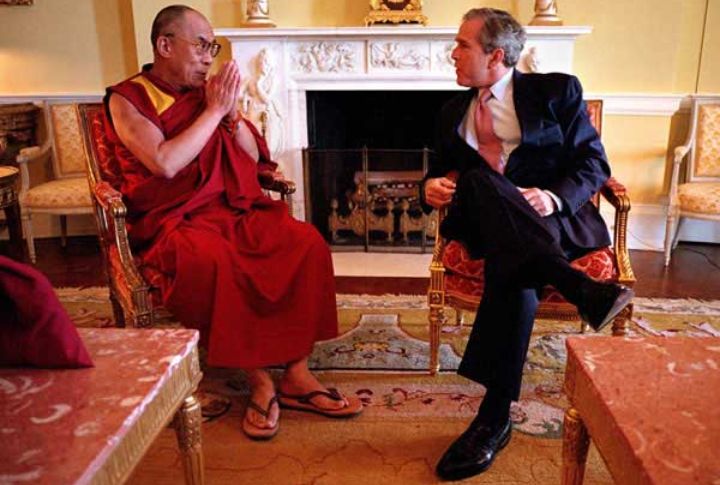
Tibet once combined politics and religion under the Dalai Lama. The 14th Dalai Lama was enthroned at age four to carry this role. China’s 1950 intervention dismantled the system, and by 1959, he fled to India, where he still leads his followers in exile.
Attaining Salvation (Christianity)
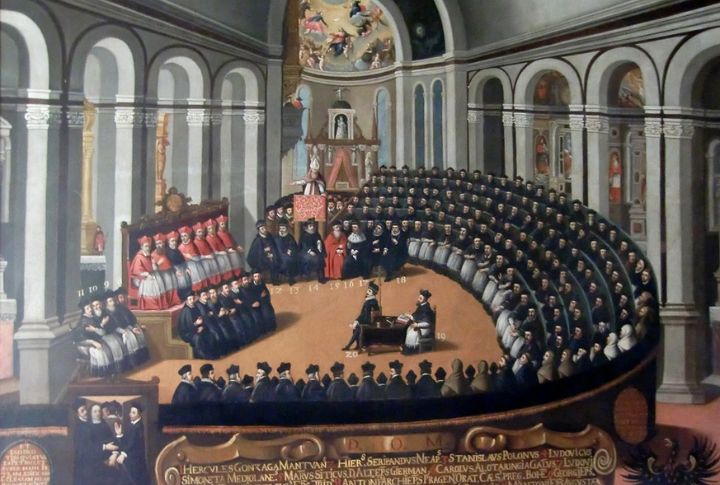
Salvation became a central disagreement between Protestants and Catholics. Reformers taught that justification came through faith alone. Catholics emphasized faith joined with works of merit. The Council of Trent cemented the Catholic view, and Protestants maintained a sharp boundary between justification and sanctification.
Path To Liberation (Sikhism)
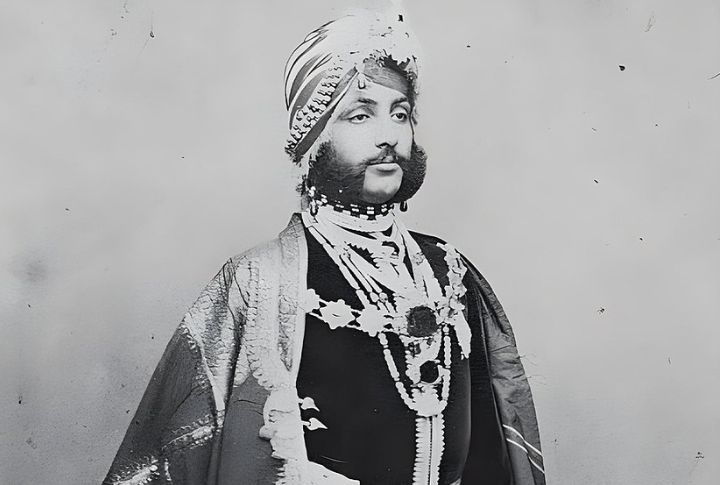
While Sikhism emphasizes devotion to one God and ethical living, internal debates have emerged over the role of karma versus divine grace in achieving liberation. Some sects stress personal effort and moral conduct, while others highlight the Guru’s grace as the ultimate path to mukti. These theological nuances influence daily practice, prayer, and interpretation of scripture.

